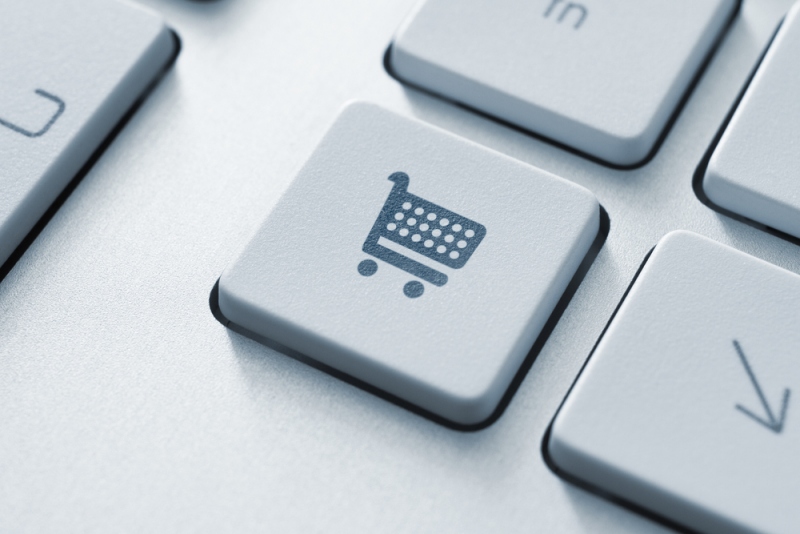Prioritizing Customer Service in Your Ecommerce Store
Whether yours is a drop shipping business or a more traditional ecommerce store, it is important to understand that customer service is the lifeblood to any entrepreneurial endeavor. Without satisfied customers who will speak well of you on social media and make return purchases, your business is likely to fail.
Here we have gathered some thoughts on ways you can prioritize customer service in your ecommerce store to increase the likelihood of longevity, scalability, and overall success for your company.
You should remember that your goal is to build real relationships with your customers.
Whether you are focusing attention on your business’s sales website or you are looking to improve your social media outreach, remember that online platforms are more than just a channel for marketing and self-promotion. Facebook, Twitter, and Instagram accounts should be viewed as viable and valuable opportunities to engage in conversations with your consumers. Building real and trusting relationships with your audience means that you are highly responsive when customers post on your account or tweet at you. Use both the positive and negative feedback you receive as starting points for developing a dialogue about who you are and what you sell. These can only help you improve both your product and your ecommerce customer service delivery.
You may want to narrow down your target audience.
Knowing your audience is key to running a successful business. When you are aware of who your target audience is, you can tailor the kind of message you create to the people they are and encourage both conversation and conversions. If your consumer base is wide and unfocused, you may be missing the mark in both your marketing strategies and your customer service efforts. Collect data that will provide insight into the shopping habits and purchasing interests of different demographics. Look at gender, age, and regions to help you narrow your target audience. This will allow you to hone in on providing the type of product, experience, and information they want across the buying process.
You may choose to narrow down your media platforms.
Once you have decided who your targeted audience is, you will want to pick the social media platforms that work best. Not all social media channels work equally well for every business and with every consumer demographic. Survey your customers or use tools that will help you analyze where your customers are, when they are the most active, and where their interests and preferences lie. Then build your marketing strategy around this information, focusing your time and effort and energy on the ones that will create the most conversions for you. The number and type of social platforms are always expanding, so spend time thinking about what will be most advantageous to you and your business.
You may want to identify issue areas carefully and quickly.
Customers that have a bad experience with a company are likely to take their issues to social media Finding and using the right data can make it possible to identify the pain points your customers are having and help you figure out what you need to improve before an issue escalates to that level. If customers express their frustrations about your products and point out where they are falling short, you can use data to collect that information and get more insight into what you’re doing right and what your customers feel you are lacking. You can then make improvements and changes to make the best version of your product without having to wait for complaints to come in. Instead of worrying about how to manage and respond to negativity, you should focus on providing such exemplary customer service that you create a strong, loyal, customer base. Not surprisingly, these customers will advocate on your behalf if someone else has something derogatory to say.
You should expend time and energy where it matters most.
The logistics of running a business are time-consuming. Utilize drop shipper’s automation tools to free up your time to focus on areas of importance like personalizing your customers’ experiences or creating a purchasing journey that is ideal for your consumers. Analyzing data that makes it possible to understand what customers must go through to get from shopping to payments is often a better use of management time than working through other types of logistics that do not benefit your customers. Personalizing and customizing emails, too, is another way to expend time that will ultimately benefit your business, as is tailored ads that are specific to items they’ve expressed an interest in.
Time spent in making your customers feel connected and valued is never wasted effort. What are some ways you prioritize customer service in your business? Feel free to share below.















